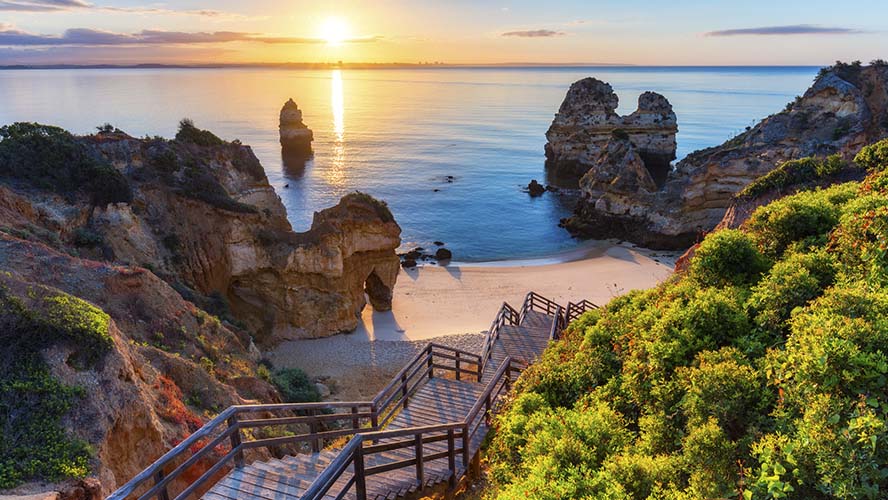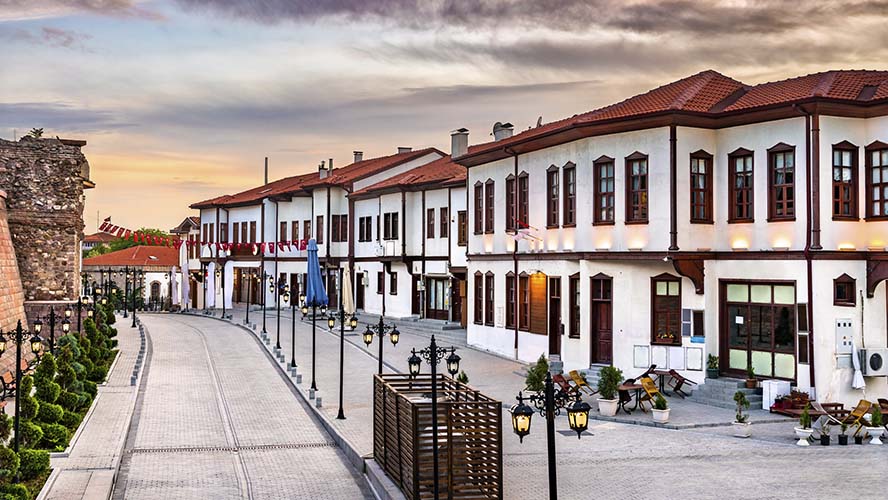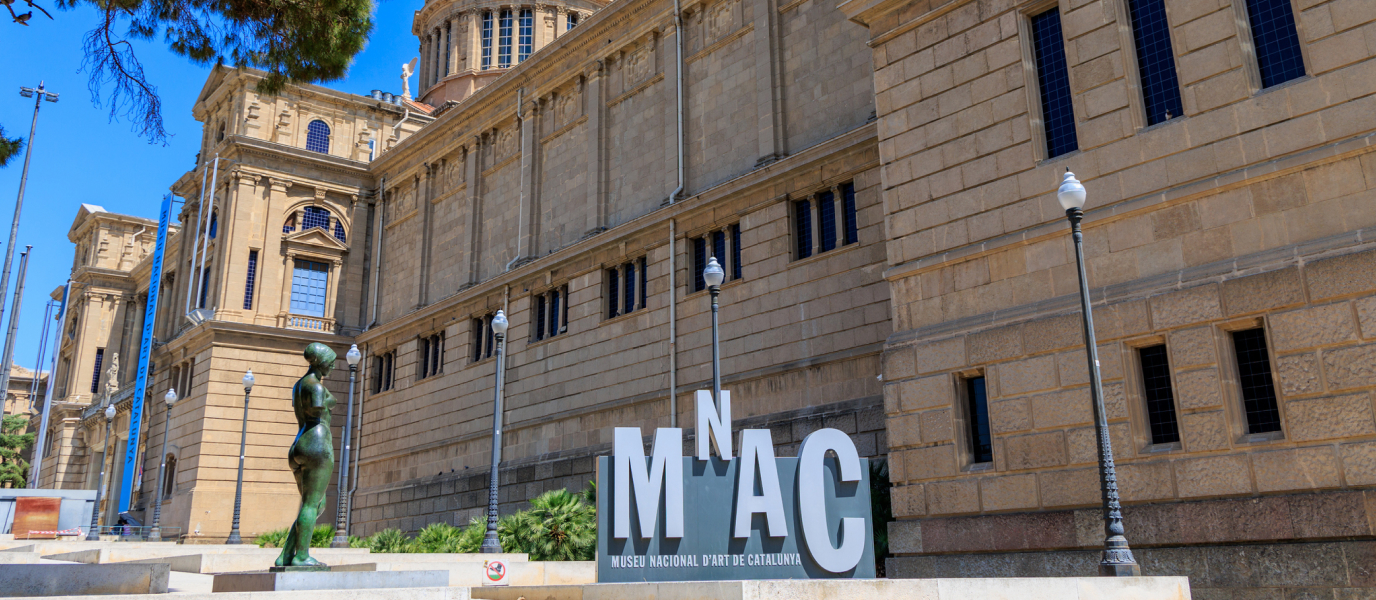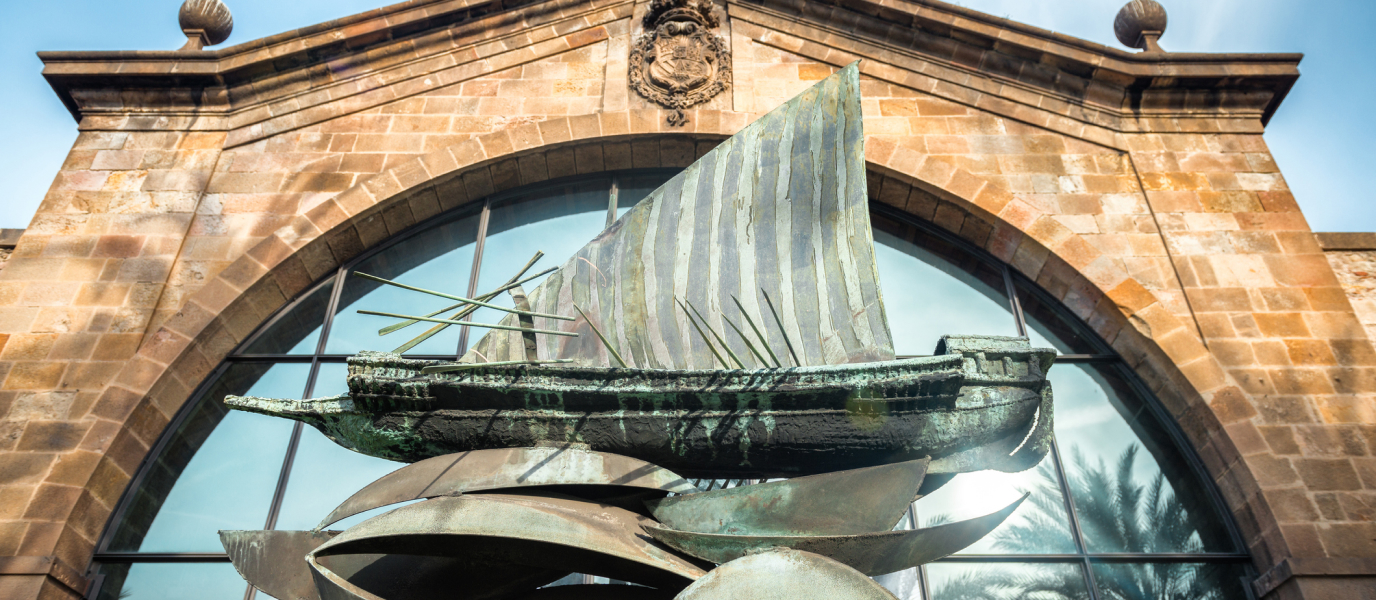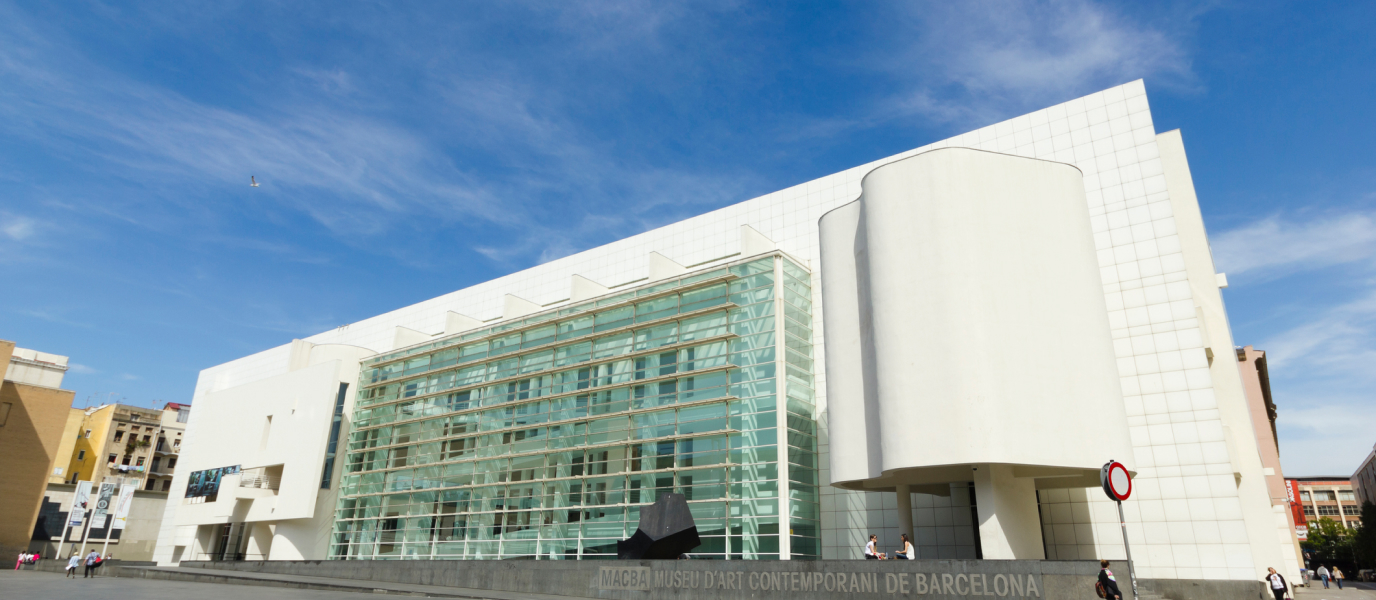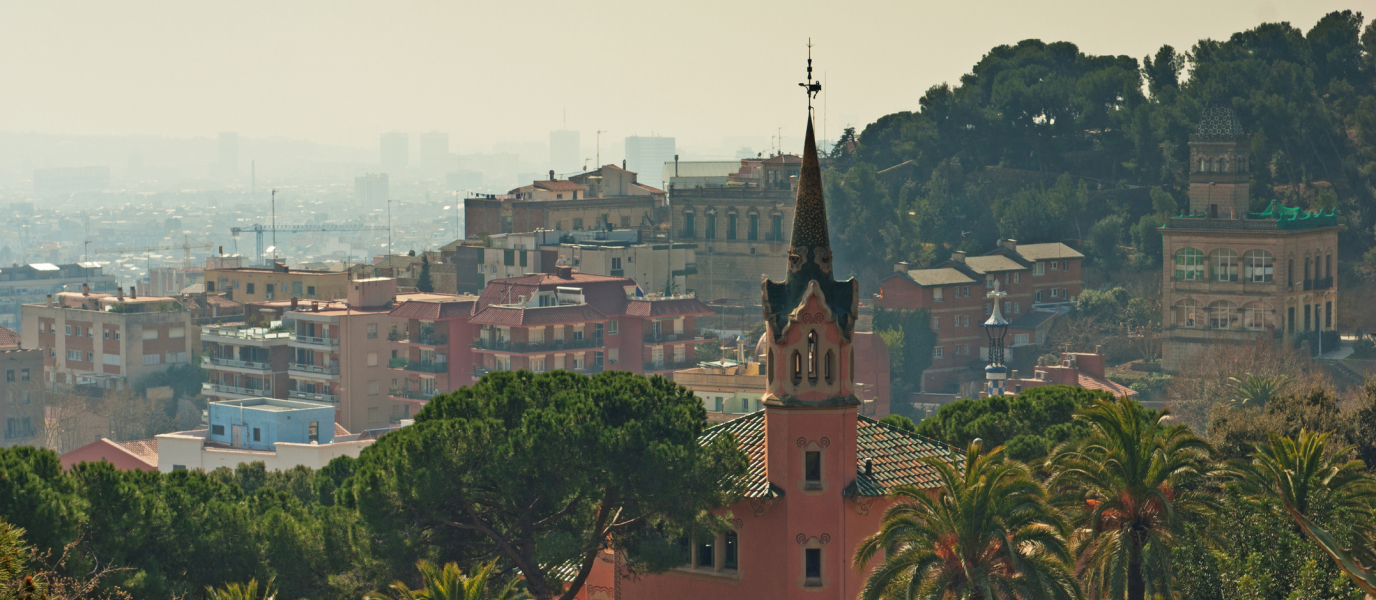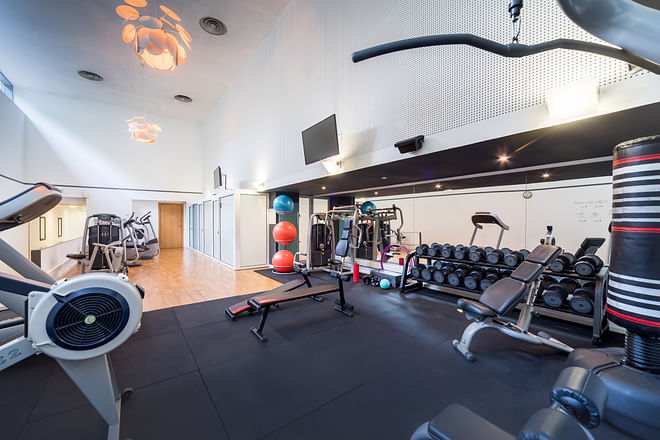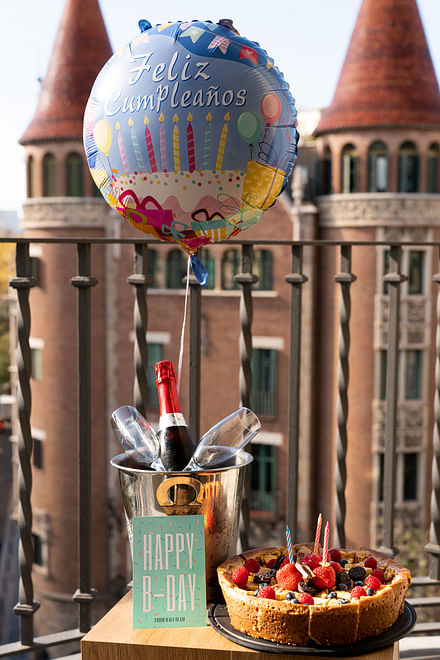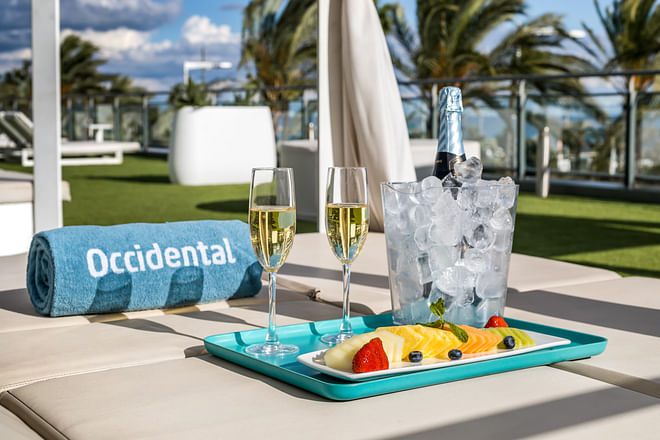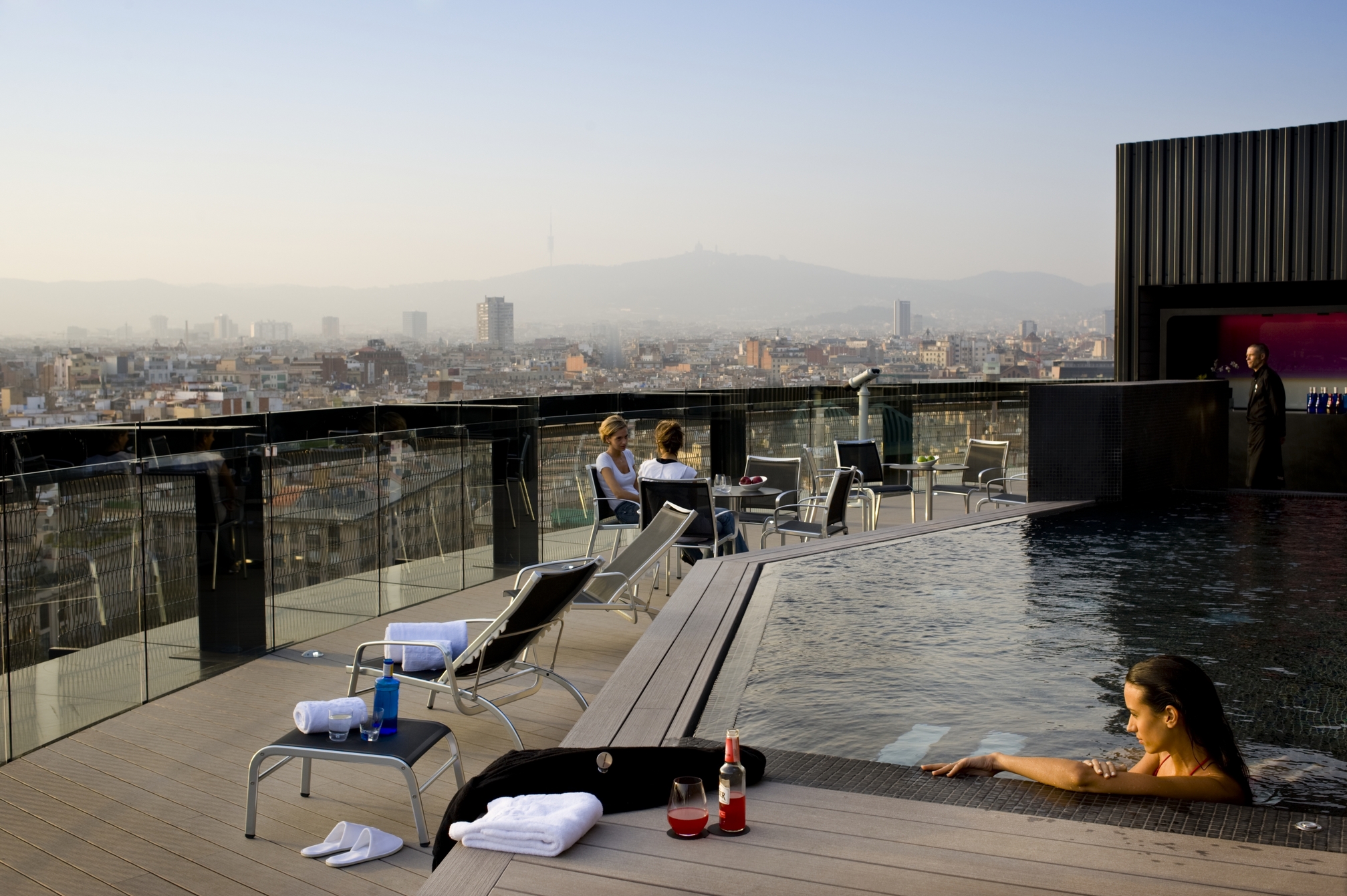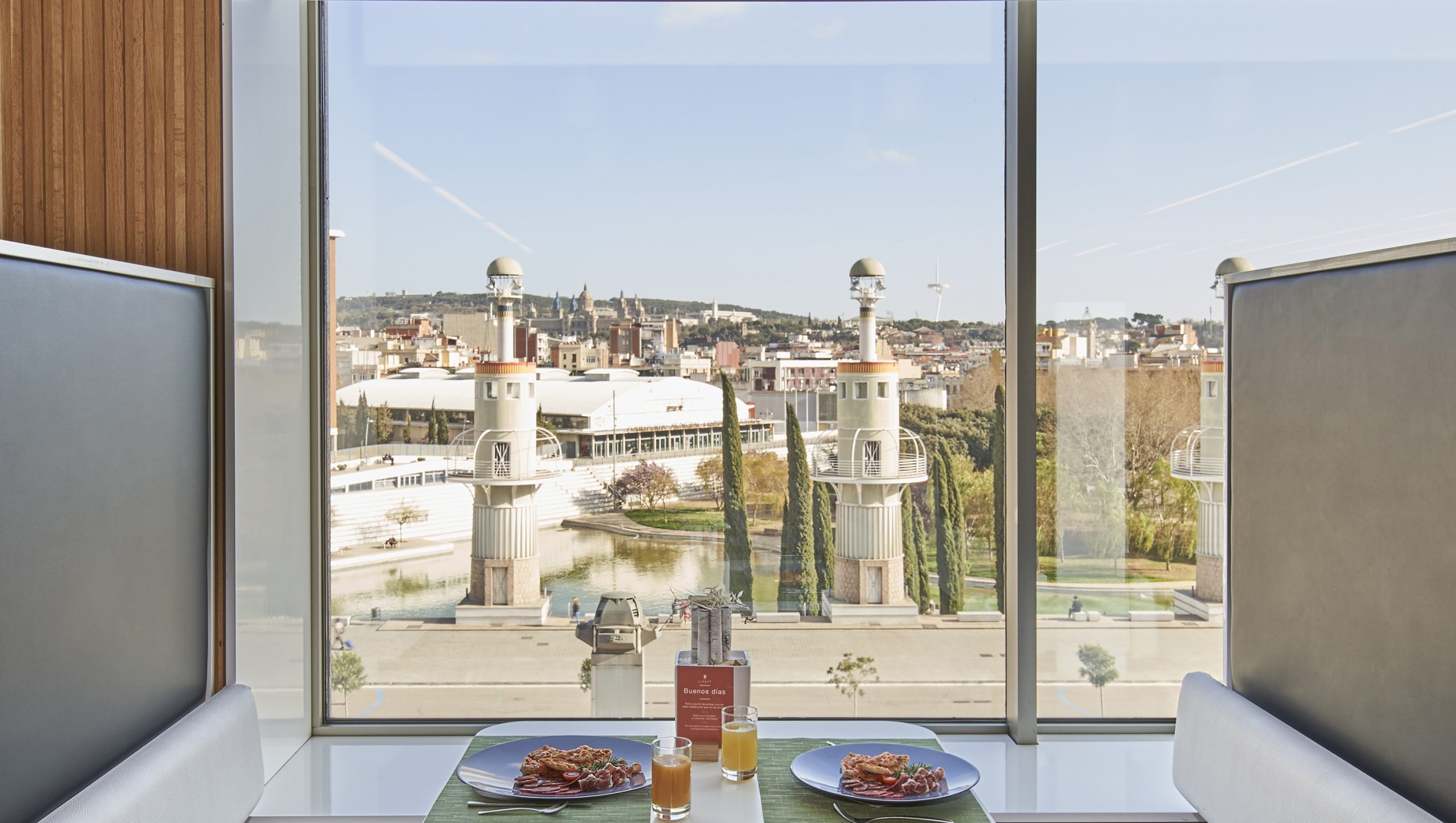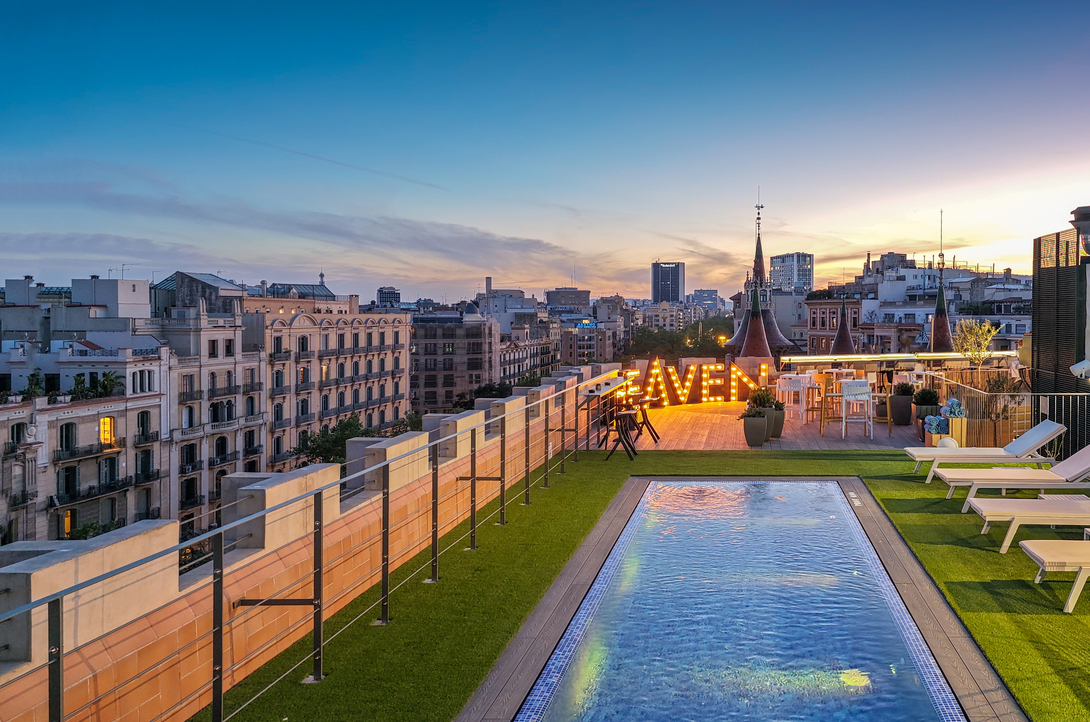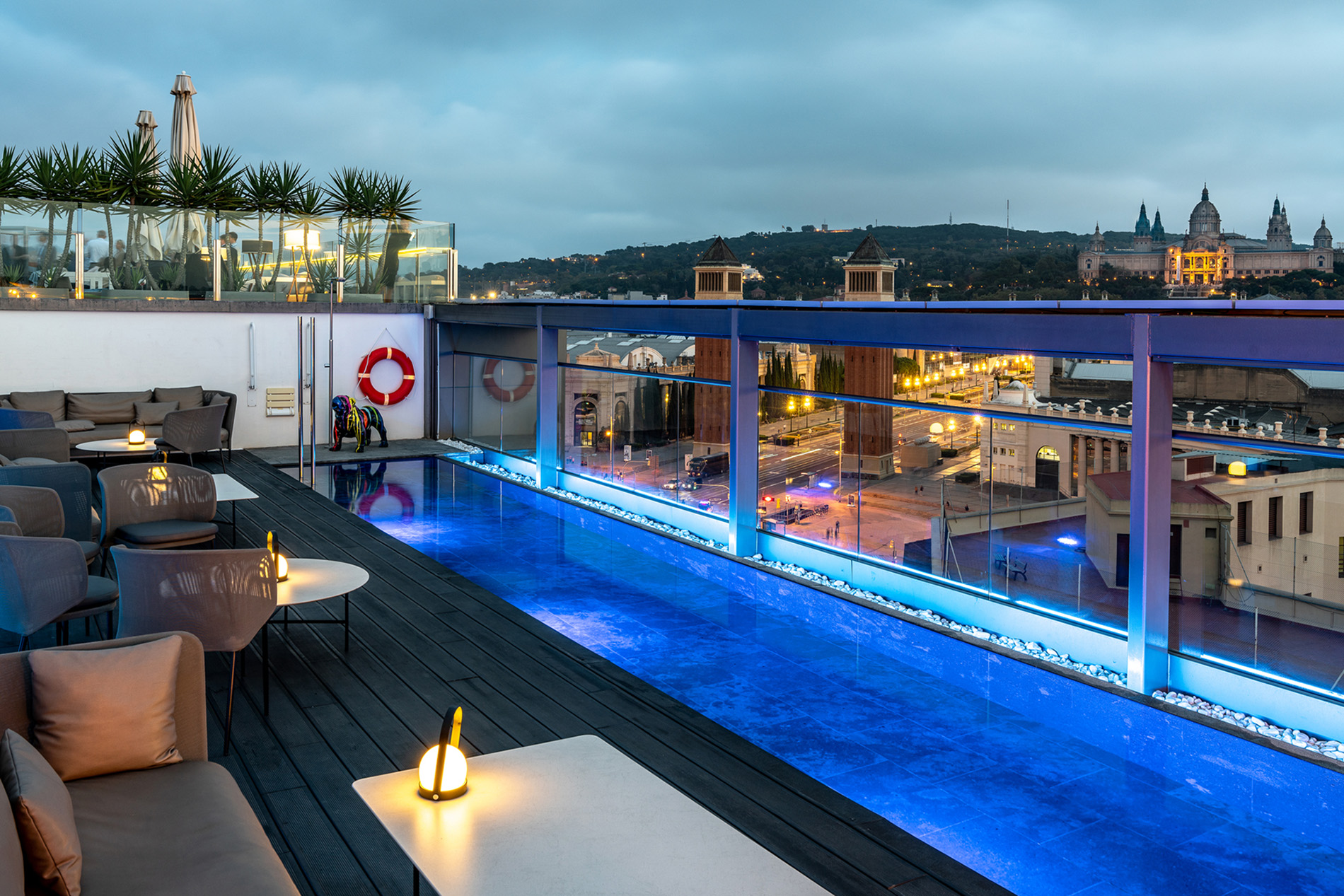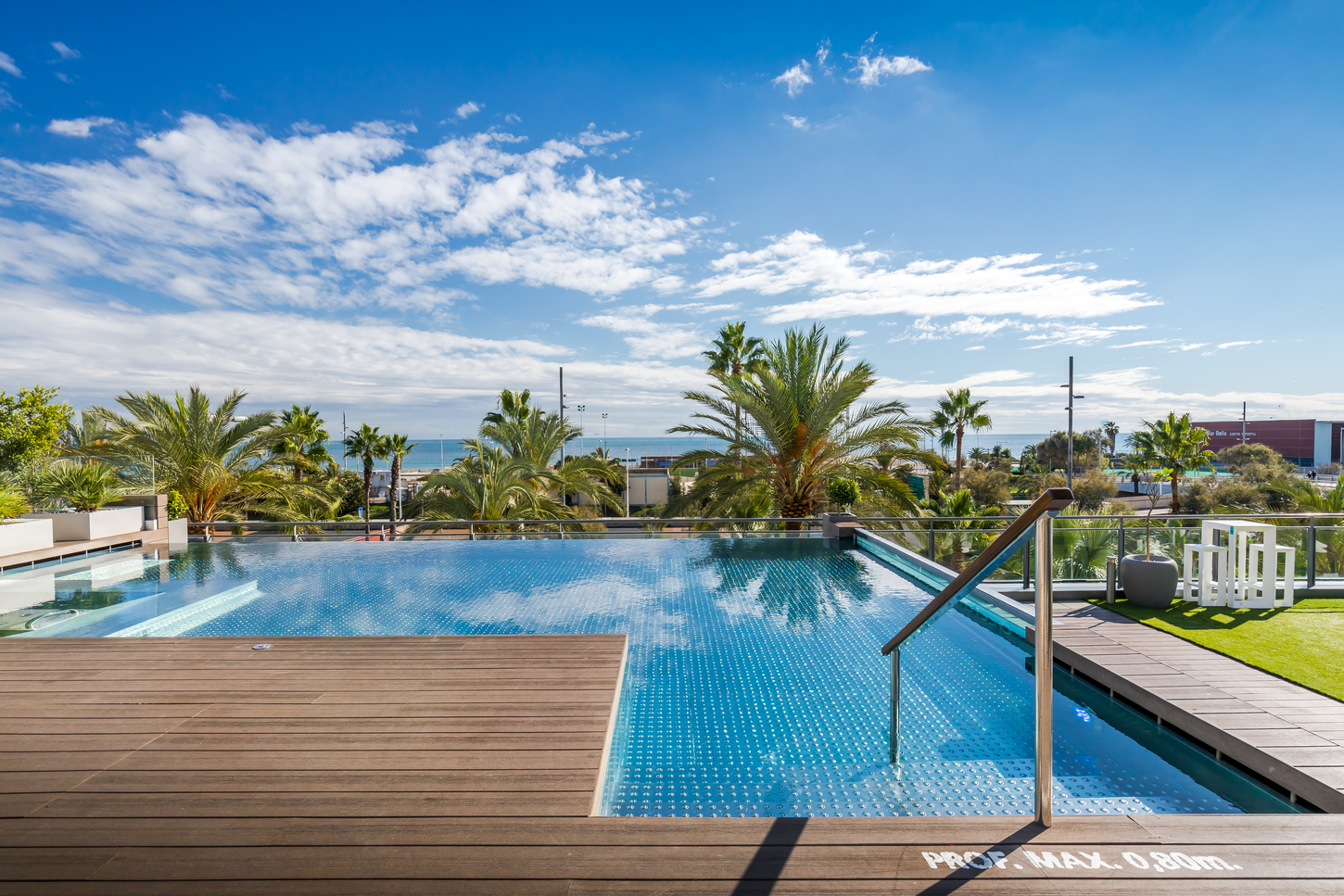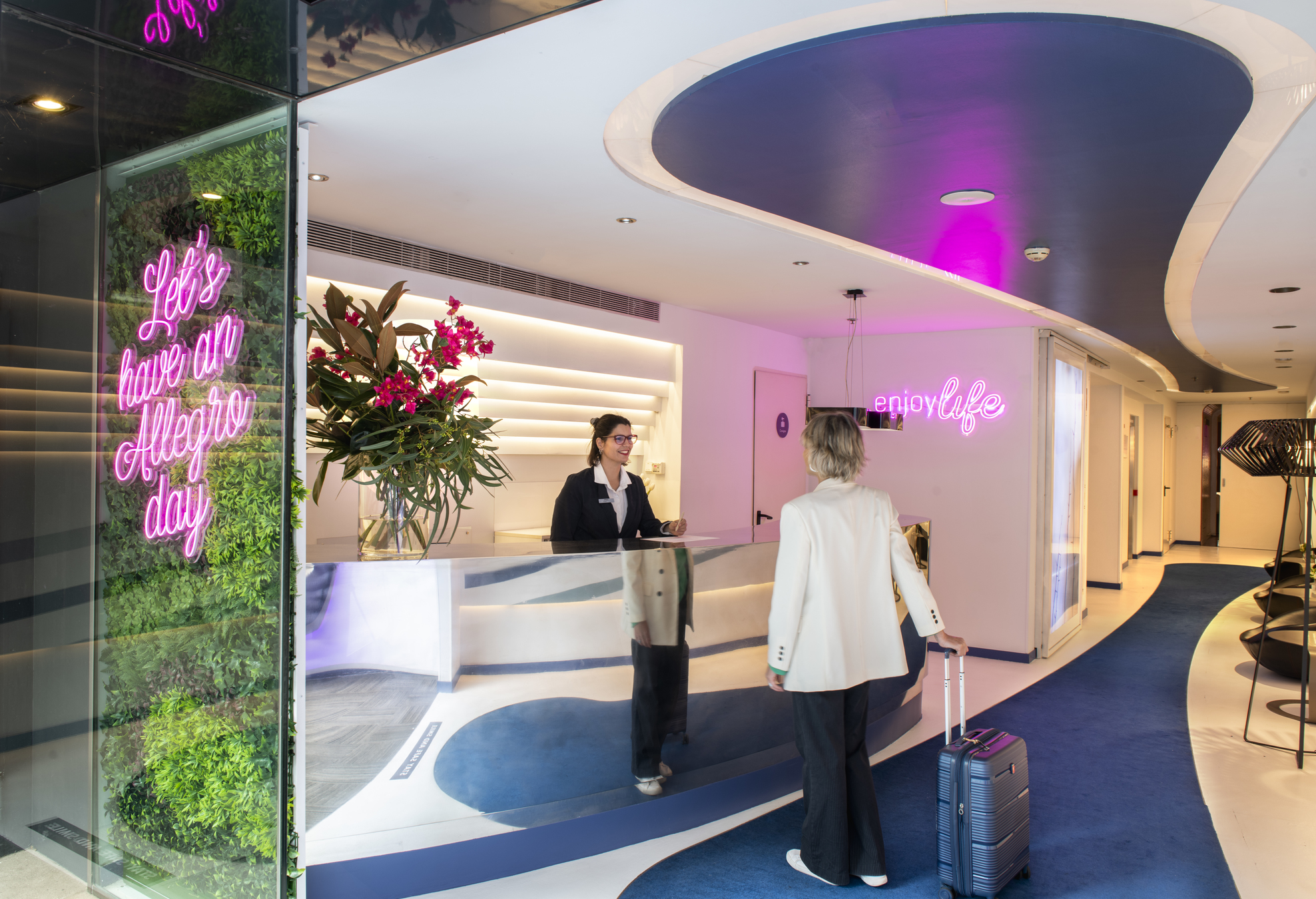Housed in the National Palace of Montjuïc, the Museu Nacional d’Art de Catalunya (the National Museum of Art of Catalonia, or MNAC) couldn’t have a more spectacular setting. In one fell swoop you can tick two essential visits off your list, as you admire the works housed in the museum whilst exploring a monumental palace built for the 1929 International Exposition. On the outside, the building dazzles due to its size—it spans almost 50,000 square metres—and its Academic Classicism style. From afar, what most grabs the attention is the enormous dome inspired by St. Peter’s Basilica in Vatican City. To either side of it are four towers resembling those of Santiago de Compostela Cathedral. With these two places of worship in mind, you can imagine the kind of impression the building makes up close. However, the best is yet to come with the art collection lying in wait inside.
Montjuïc hill
The National Palace of Montjuïc, and, of course, MNAC, are located on the hill of the same name. The area, which in the early twentieth century was still undeveloped, was chosen as the site of the 1929 Exposition. Thanks to this decision a wide range of buildings can be found there today, housing important art institutions.
Among these buildings is the former Palace of Agriculture and the current Mercat de les Flors theatre; the Palau de les Arts Gràfiques, which currently houses the Museum of Archaeology of Catalonia; the pavilion of the Caixa d’Estalvis i Pensions de Barcelona, where the Cartographic Institute of Catalonia is located; various pavilions that are home to the Fira de Barcelona exhibition centre; and the Olympic Stadium, remodelled for the 1992 Olympic Games.
Two spaces that deserve a special mention are the Teatre Grec, built into a quarry, which hosts an annual summer festival, and Poble Espanyol, which recreates the architecture and traditions of Spain. Renowned architects such as Josep Puig i Cadafalch and Òscar Tusquets i Guillem were involved in the design of some of the aforementioned constructions.
At the main entrance of the Museu Nacional d’Art de Catalunya (on Avinguda de la Reina Maria Cristina) are some monumental fountains created by Carles Buïgas in addition to a series of hedges whose green tones contrast with the yellow of the stone. Take your time to walk up the stairway that leads to the entrance of the building built between 1926 and 1929. When the museum first opened in 1934, it only had one themed collection from the Middle Ages. Its rooms and collections didn’t expand significantly until 1995—once it had already been declared a national museum—and the process wasn’t completed until 2004.
Unique spaces at the National Palace
Before or after your visit we recommend taking a stroll through the palace, going up and down the monumental stairs and discovering its most unique spots. The light that bathes the Oval Room, whose colourful curved lines seem to envelop you, never fails to astonish visitors. Experts maintain that the space that best transmits the innovative spirit of 1929 is the Dome Room with its sleek columns and sculptures. The private rooms of the King and Queen transmit nobility, much like the Throne Room, both with large crystal chandeliers and sumptuous rugs. The latter is now the Óleum restaurant, which means you can enjoy delicious food in a privileged setting.
Other spaces that also deserve a visit are Sala Sert, which is named as such as it houses various panels by Josep M. Sert, a Catalan artist known for his murals, and the old Tea Room, with huge floor-to-ceiling windows, which has been reconverted into the library. And, finally, you can’t leave without going up to the rooftop viewpoint to enjoy spectacular views of the city. Watching the sun set from up high is an experience you won’t forget.
A stroll through the Museu Nacional d’Art de Catalunya
Now that you’ve got a feel for the palace, it’s time to visit the art collection that it houses. Get ready to admire what is regarded as the best collection of Romanesque mural painting in the world, in addition to works by a fine selection of Catalan artists, such as Gaudí and Casas, representing Catalan modernism. You’ll be able to carry on learning about Gothic art whilst you observe works by great European artists from the Renaissance and the Baroque, such as Velázquez and Titian, as well as a photography collection.
The collection can be divided into various themed sections, which we have outlined below so that you can make the most of the visit:
- Medieval Romanesque art. The pieces in this collection, dating from between the eleventh and thirteenth centuries, are formed of murals and, above all, panel paintings. Make sure you see the metalwork, and stone and wood sculptures.
- Medieval Gothic art. Between the thirteenth and fifteenth centuries Catalan artists such as Lluís Dalmau, Jaume Huguet, Bernat Martorell and Lluís Borrassà, and sculptors such as Jaume Cascalls ad Pere Sanglada, particularly stand out. They were first and foremost known for their altar pieces, sculptures, parchment and decorative pieces.
- Renaissance and Baroque art. European art between the sixteenth and eighteenth centuries was of the highest calibre. Names such as Joan de Burgunya, Ayne Bru and Antoni Viladomat began to emerge alongside already established names such as Titian, El Greco, Velázquez and Rubens.
- Modern art. On the first floor you can see works from the nineteenth and twentieth centuries, from Neo-classicism to the avant-garde, including the modernists and noucentistas.
- Drawings, prints and posters. This collection is made up of over 1,000 posters, 70,000 prints and 50,000 drawings.
- Photography and numismatics. These two collections boast many fans who come to admire over 40,000 images taken during the nineteenth and twentieth centuries, as well as 155,000 coins.
An art experience
After visiting the palace and the permanent collection, all that’s left are the temporary exhibitions and some rest areas such as the cafeteria, the restaurant and the viewpoint. We recommend planning your visit in advance and selecting the works that interest you the most. You can also hire an audio guide or sign up for guided activities. Check the website to see what workshops are on offer for different ages including children.
And once you leave the Museu Nacional d’Art de Catalunya, you can choose to continue on your quest for culture at other spaces on Montjuïc such as the Fundació Joan Miró.





























